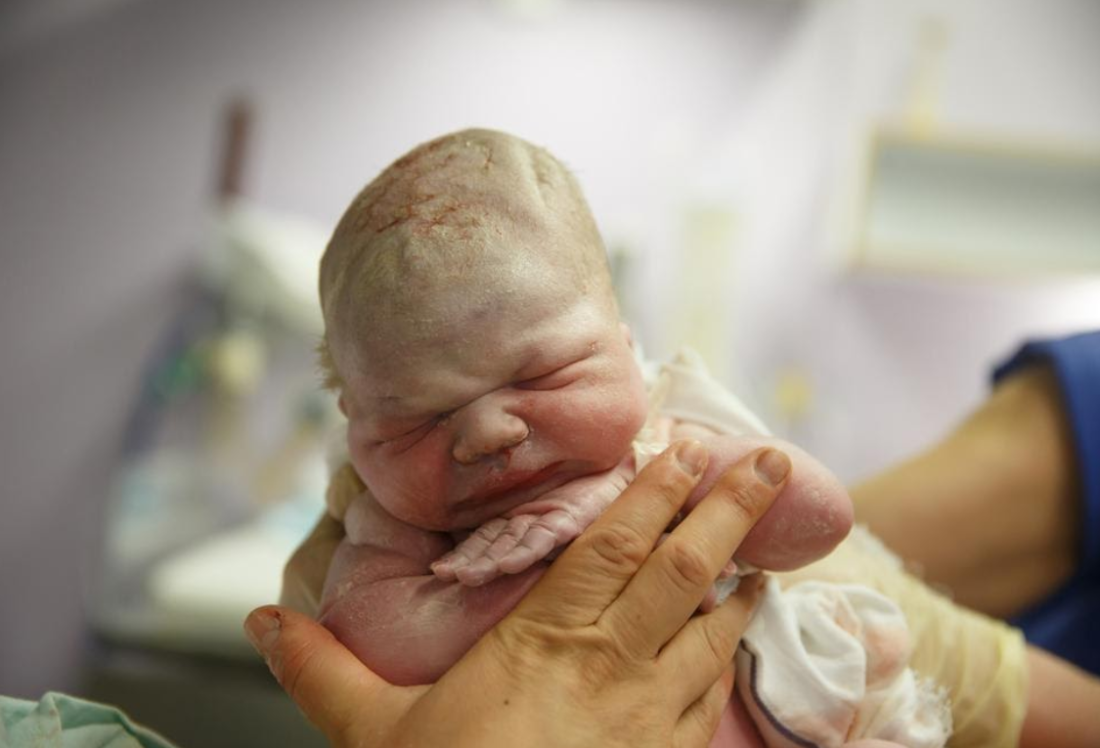It is when the umbilical cord is untethered. The baby is an individual…

Not more a mere part of their mother…
However, is that all that an umbilical cord is known for? A medium between pre and post-birth?
No!
There is so much more story to an umbilical cord.
Include but not limited to providing constant nutrients to the baby’s baby and protecting the individual from many malignant diseases afterward.
But, wait!
Afterward?
Yes, in this article below, we will be talking about the medical miracle which has allowed every mother to preserve their umbilical cord for their child and themselves after their pregnancy is over.
If you are confused, then join the crowd!
There are many who wish to understand the science behind preserving an umbilical, but the scientific jargons make it incomprehensible for the layman.
Thus, in this excerpt below, we will discuss the entire process in a much-simplified manner.
Fair disclaimer; if you are thinking about preserving your placenta, it’s a great choice!
What Is An Umbilical Cord?
Now that we are starting let us begin at the beginning.
Scientifically, it is a part of the placenta, a channel from the mother’s body to the fetus that can provide all the nutrients required for the baby.
It is almost 60cm long and 2cm wide, which is something common for any healthy full-grown infant during birth.
The cord is cut during birth, and a residual part is left hanging from the infant’s navel. It eventually dries and disposes of.
But, what happens to the rest of the cord? Is it 60cm long after all?
They are not some surgical waste; they actually have many medical and hidden properties, which makes preserving it worth it.
What Is Umbilical Cord Preservation?
Umbilical cord preservation is the act of collecting and storing the cord lining. This process is called cryopreservation.
First, the lining of the cord is extracted by cutting a part of the baby’s umbilical cord, and then the cord is detached from the mother and collected in a jar.
The medical professionals then send this jar to a laboratory to preserve it.
Why Are Umbilical Cords Preserved?
Now that you understand the act of preservation, let us further discuss the benefits of preserving an umbilical cord.
The blood left inside the umbilical cord and placenta you are essentially saving. This is your baby’s cord blood which is dried during preservation.
1. Protect From Malign Diseases
There are many malign diseases that can be quite deadly in the long term. This cord blood can protect the baby from anemia, type 2 diabetes, cardiovascular diseases and even help in treating cancer, which some studies are discovering.
The blood in the umbilical nutrients, which on preserving, can have excellent fighting properties to serious diseases. Yes, these are definitely not diseases that are most likely to affect someone with a healthy lifestyle.
However, it never hurts to be careful. Thus, the investment is worth it.
2. Protects From Genetic Diseases
If there is a genetic problem like heart disease, high blood pressure, or diabetes, they are more likely to affect the baby in adulthood.
Yes, preserving the placenta and later processing them into pills can help your child combat these genetic diseases with ease.
The worst part of genetic diseases is that no matter how healthy a lifestyle is, an individual can acquire them.
The preserved umbilical cord could come as a lifesaver in times like this.
3. You Can Donate It
Yes, it doesn’t always have to be for the protection and betterment of your own family. If someone from a different family needs protection from a malign disease, then you can donate the cord as long as the blood matches.
This is one of the reasons why blood banks are getting popular for umbilical preservation.
The only drawback is affordability because preservation can cost a lot.
Cord Of Life!
This cord can give life more than once.
It can resurrect someone from the brink of a deadly disease.
Thus, if you are planning on saving your umbilical, you can start saving up because this investment will be worth it.




